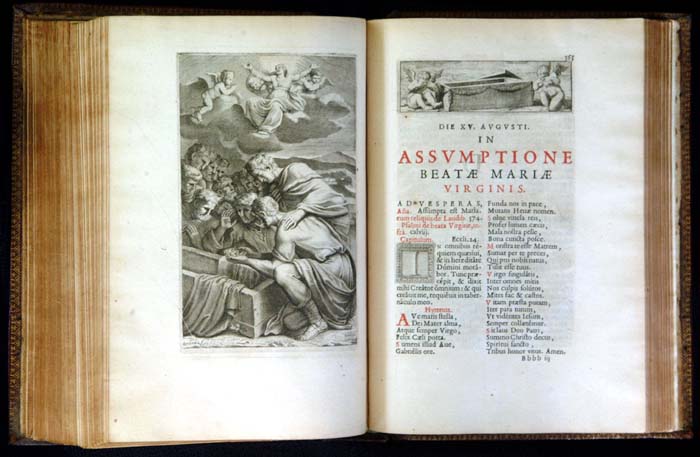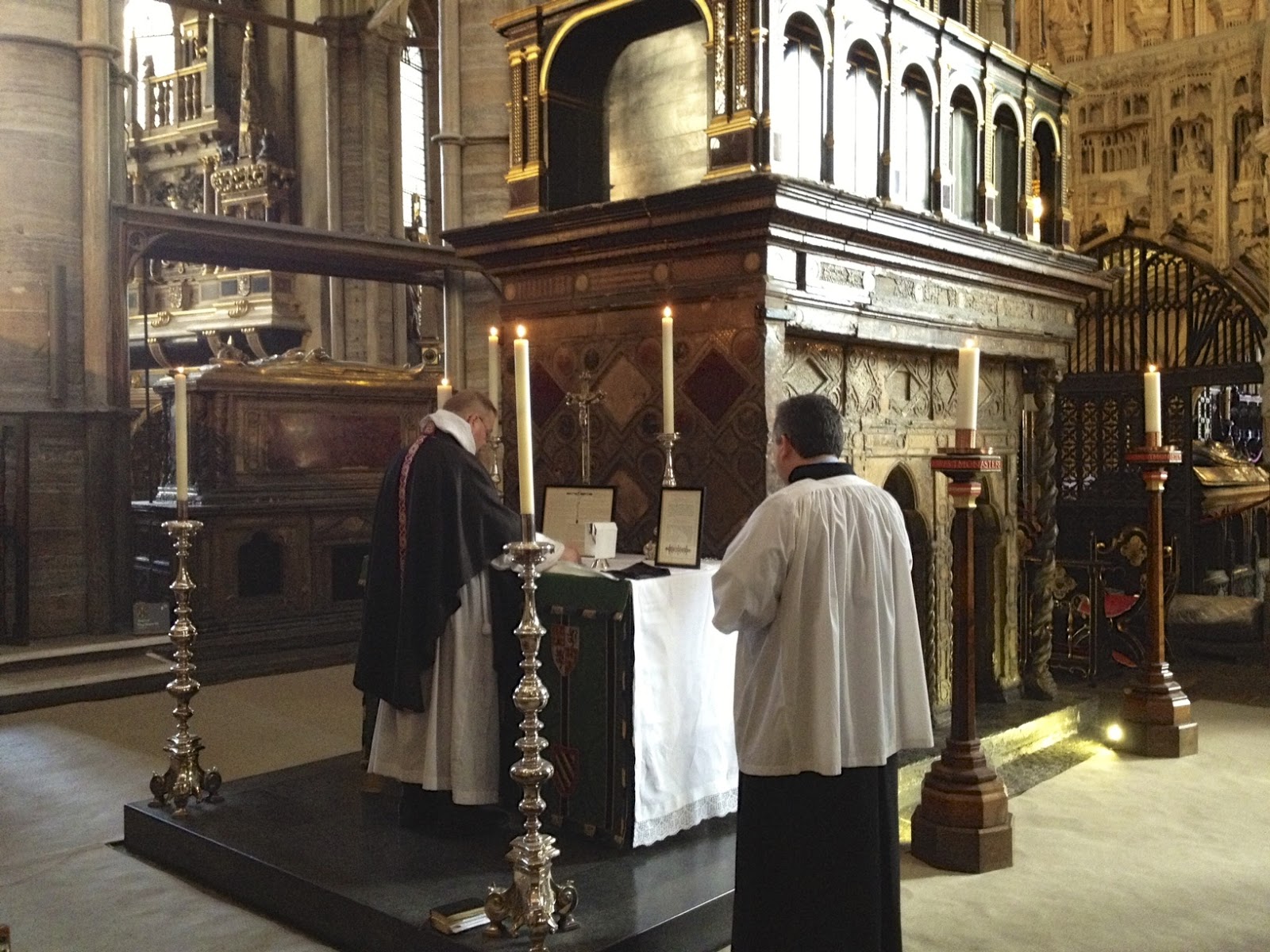I had wanted, and still do want, to post something on the architecture of Salisbury Cathedral for the Sarum series but I temporarily wish to divert into the matter of liturgy and law.
Marko asks, not unreasonably, why we cannot be satisfied with the 1962 Missal and just do "what is in the book"? I answer precisely because of the question!
The liturgical changes of the 20th century were not uniquely the result of any one factor, be it vulgar theological trends, bad taste, poor scholarship, or bureaucratic centralization. All these things can be found in Eastern and Western Christianity at previous points in history; the Greek liturgy was standardized and centralized centuries before the Roman rite. What is at the heart of the problem and of Marko's question is just how far the liturgy is subject to positive law.
Positive law is the yielding to proactive legislation rather than prohibition. Pius X, Pius XII, and Paul VI all enacted what might be called positive law, mandating something new which came, troublesomely, at the cost of something old. Confusingly, positive law does
not have a very healthy or well established disciplinary history in Latin Christianity. Traditionally the law confirmed custom and received, established practices; the law protected the
lex orandi of the Church. For example, St. Gregory VII demanded clerical celibacy in Latin Christianity, something that dated back to the fourth century in the Western Church, which had a stronger preference for this status. Similarly, St. Pius V's bulls promulgating the Tridentine books nodded to local traditions of at least two centuries of continuous use
and explicitly stated that those books could only fall out of public use if the bishop and the entire chapter of canons unanimously agreed to adopt the Roman rule. The real change may well have come with the erection of the Congregation of Rites in 1588, which did not stop liturgical custom, but it certainly chilled it.
Custom is a law unto itself, as Aquinas surmises in a passage posted from the
Summa in our previous discussion. In HJA Sire's
Phoenix from the Ashes, a good work with many flaws, he rightly derides the extensive efforts of reactionaries in defending their use of pre-Conciliar Missals on legal grounds: Paul VI clearly meant to suppress the existing liturgy, even if he failed to do so in a precisely way; those who resisted were not right on canonical grounds, but they were right on moral grounds. According to
The Banish Heart Cardinal Quiñones's psalter was used one Holy Week in Toledo; the locals instantly recognized the departure from the received rites and forcibly expelled the canons from the
Tenebrae service. One wonders if some Spaniard wrote a
dubium to the Congregation in Rome first.
One commentator remarked that the difference between tradition and antiquity is continuity of use. Continuity forms the practice of the faith, it forms the believer, and it frames the worship of God. Antiquity is at best a way of understanding elements of continuous tradition. A return to the Roman liturgy as it existed before Pius XII or Pius X is simply a return to the received continuity, which is also the more historically justified legal mind of the Roman Church and a departure from newfangled positive law. Is the worship of God something applicable to positive law in the modern sense? The most remarkable indictment of the new liturgy's relation to the law is that no one has ever made an effort to improve it, only to celebrate it more reverently. It was clearly an experimental rite with minor variations from what was displayed before the 1967 synod in the Sistine chapel. Despite this, it has not developed its own tradition or been in the least synthesized with the received tradition. Is not interest in restoring the old rite more reflective of the conventional mindset of the Church?
After all, who would want to cross those hot blooded Spaniards?
*Discuss!*
























